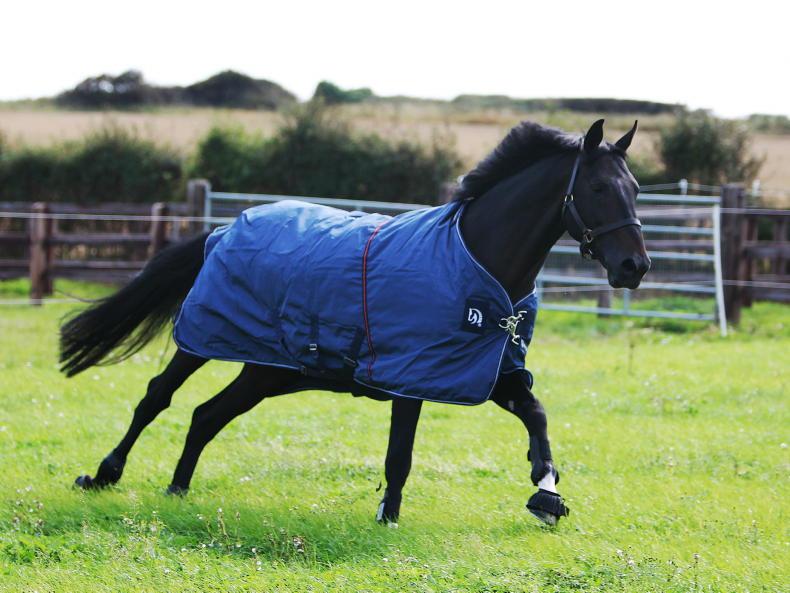Did you know horses have the ability to maintain their internal body temperature at around 38°C through a well-developed mechanism, called thermoregulation?
It is important for horse owners to think carefully before rugging their horses this winter. It is easy to get carried away and over-rug your horse thinking you are doing them a favour and keeping them snug, but this may not be the kindest or healthiest course of action for them.
Over-rugging can cause horses to warm up under the rug but not in other exposed areas. If the horse becomes too hot under the rug, they don’t have a natural ability to cool down and may begin to sweat and become uncomfortable.
The use of rugs can affect the horse’s natural weight control system. Horses are designed to use fat reserves over winter to keep warm. By keeping horses over-rugged and over-fed during the winter, you may increase the risk of further weight gain in the spring, increasing the risk of laminitis.
During the winter, many horses can cope without a rug once they have access to adequate shelter, the company of other horses and forage. Munching and digesting forage for 24 hours a day will help generate heat to keep a horse warm naturally.
However, one problem we face in Ireland is that even though our climate is not too extreme in terms of freezing temperatures, we do experience a lot of rain. Horses are well-equipped to cope with cold weather. But cold, wet weather is where you can run into problems.
Effective insulator
The horse’s coat is an effective insulator which depends on the depth and thickness of the hair layer. A thicker, longer coat grows in winter months, particularly in certain breeds used to colder climates.
The hair is covered in natural grease, which repels water and stops the skin from becoming wet. Over-grooming can remove some of these oils. During the winter you should take care not to over-groom your horse, especially washing. Using a hard dandy brush to get rid of dried-in mud is best and avoid the use of soft body brushes.
Lighter breeds like thoroughbreds and older horses benefit from the additional layer of a rug. Horses that are clipped during the winter months need this coat replaced with a rug. Horses that are stabled may also need to be rugged during the winter as they cannot move around to keep warm.
Horses are programmed to protect themselves in bad weather. They will turn their backs on wind and rain to protect their head, neck, eyes, ears and belly.
There are many important factors to consider when buying a rug for your horse. If your horse is clipped or you are planning on clipping them they will need a heavyweight rug.
If you do not plan on clipping your horse then a waterproof sheet or lightweight rug is usually all they need. Once they are dry their coat will keep them warm. If your horse is a heavier type and you have only given them a half or a trace clip, a mediumweight rug should be sufficient.
Size
The size and fit of your horse’s rug is very important. If it is too big you run the risk of your horse getting caught in one of the straps or getting it caught in fencing.
If the rug is too small, it will be uncomfortable for your horse and may leave nasty rubs on your horse’s skin. You want your horse’s rug to fit snugly without restricting their movements.
Dry weather
A good practice is to keep an eye on the weather. If it is forecast to be a clear day with no rain, you should take your horse’s rug off in the morning. This will allow them to roll and scratch to their hearts content. Although this may be annoying in the evening if you need to brush caked mud off before putting the rug back on for the night, your horse will thank you for it.
If your horse is not in work and you have no reason to take their rug off: make sure you do! Horses hair may become matted underneath, they may have developed rug rubs or they may have lost (or put on) weight.






 This is a subscriber-only article
This is a subscriber-only article






SHARING OPTIONS: